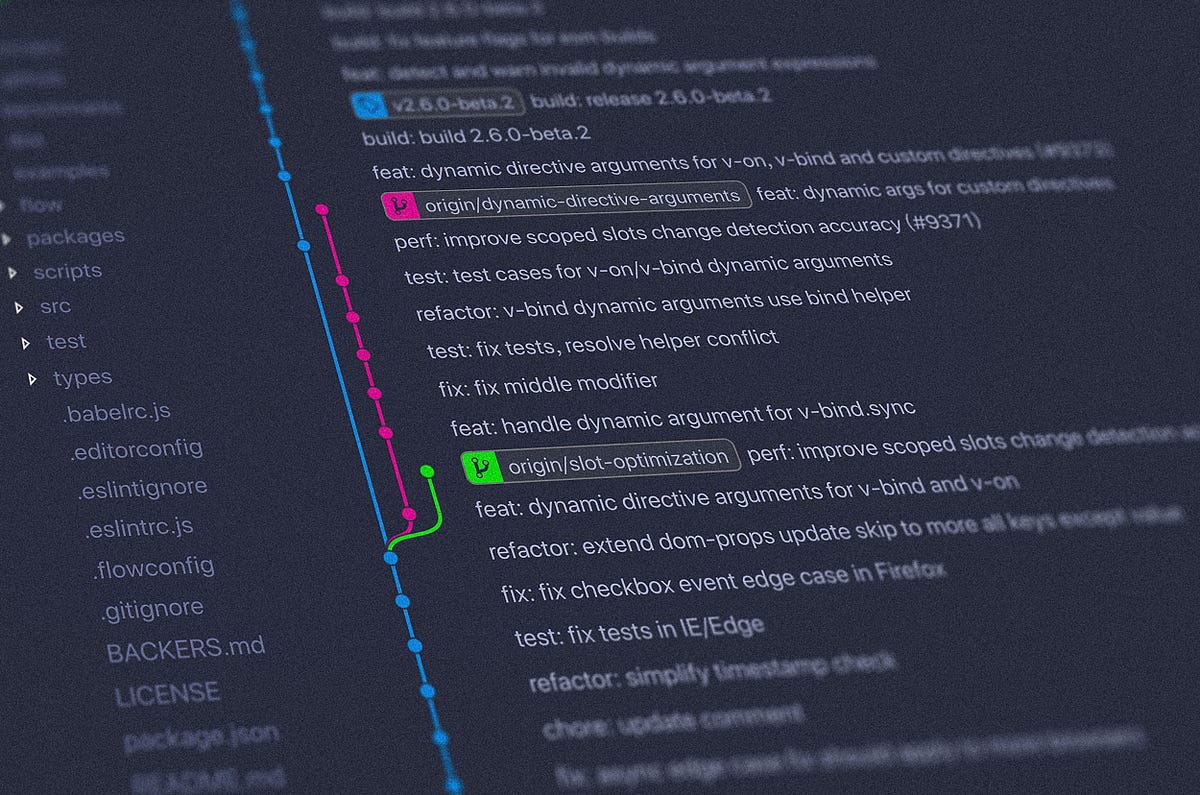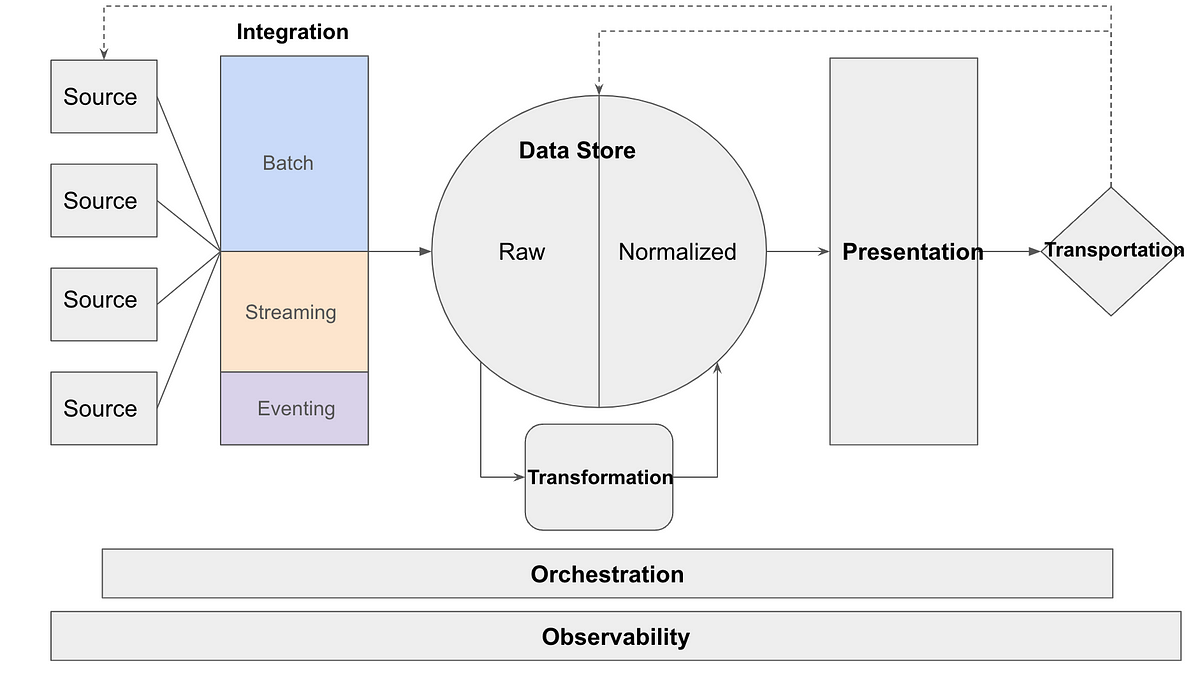Exploring the path to fast nearest neighbour search with Hierarchical Navigable Small Worlds
Hierarchical Navigable Small World (HNSW) has become popular as one of the best performing approaches for approximate nearest neighbour search. HNSW is a little complex though, and descriptions often lack a complete and intuitive explanation. This post takes a journey through the history of the HNSW idea to help explain what “hierarchical navigable small world” actually means and why it’s effective.
- Approximate Nearest Neighbour Search
- Small Worlds
- Navigable Small Worlds
- Hierarchical Navigable Small Worlds
- Summary
- Appendix
– Improved search
– HNSW search & insertion
– Improved insertion - References
A common application of machine learning is nearest neighbour search, which means finding the most similar items* to a target — for example, to recommend items that are similar to a user’s preferences, or to search for items that are similar to a user’s search query.
The simple method is to calculate the similarity of every item to the target and return the closest ones. However, if there are a large number of items (maybe millions), this will be slow.
Instead, we can use a structure called an index to make things much faster.
There is a trade-off, however. Unlike the simple method, indexes only give approximate results: we may not retrieve all of the nearest neighbours (i.e. recall may be less than 100%).
There are several different types of index (e.g. locality sensitive hashing; inverted file index), but HNSW has proven particularly effective on various datasets, achieving high speeds while keeping high recall.
*Typically, items are represented as embeddings, which are vectors produced by a machine learning model; the similarity between items corresponds to the distance between the embeddings. This post will usually talk of vectors and distances, though in general HNSW can handle any kind of items with some measure of similarity.
Small worlds were famously studied in Stanley Milgram’s small-world experiment [1].
Participants were given a letter containing the address and other basic details of a randomly chosen target individual, along with the experiment’s instructions. In the unlikely event that they personally knew the target, they were instructed to send them the letter; otherwise, they were told to think of someone they knew who was more likely to know the target, and send the letter on to them.
The surprising conclusion was that the letters were typically only sent around six times before reaching the target, demonstrating the famous idea of “six degrees of separation” — any two people can usually be connected by a small chain of friends.
In the mathematical field of graph theory, a graph is a set of points, some of which are connected. We can think of a social network as a graph, with people as points and friendships as connections. The small-world experiment found that most pairs of points in this graph are connected by short paths that have a small number of steps. (This is described technically as the graph having a low diameter.)
Having short paths is not that surprising in itself: most graphs have this property, including graphs created by just connecting random pairs of points. But social networks are not connected randomly, they are highly local: friends tend to live close to each other, and if you know two people, it’s quite likely they know each other too. (This is described technically as the graph having a high clustering coefficient.) The surprising thing about the small-world experiment is that two distant points are only separated by a short path despite connections typically being short-range.
In cases like these when a graph has lots of local connections, but also has short paths, we say the graph is a small world.
Another good example of a small world is the global airport network. Airports in the same region are highly connected to one another, but it’s possible to make a long journey in only a few stops by making use of major hub airports. For example, a journey from Manchester, UK to Osaka, Japan typically starts with a local flight from Manchester to London, then a long distance flight from London to Tokyo, and finally another local flight from Tokyo to Osaka. Long-range hubs are a common way of achieving the small world property.
A final interesting example of graphs with the small world property is biological neural networks such as the human brain.
In small world graphs, we can quickly reach a target in a few steps. This suggests a promising idea for nearest neighbour search: perhaps if we create connections between our vectors in such a way that it forms a small world graph, we can quickly find the vectors near a target by starting from an arbitrary “entry point” vector and then navigating through the graph towards the target.
This possibility was explored by Kleinberg [2]. He noted that the existence of short paths wasn’t the only interesting thing about Miller’s experiment: it was also surprising that people were able to find these short paths, without using any global knowledge about the graph. Rather, the people were following a simple greedy algorithm. At each step, they examined each of their immediate connections, and sent it to the one they thought was closest to the target. We can use a similar algorithm to search a graph that connects vectors.
Kleinberg wanted to know whether this greedy algorithm would always find a short path. He ran simple simulations of small worlds in which all of the points were connected to their immediate neighbours, with additional longer connections created between random points. He discovered that the greedy algorithm would only find a short path in specific conditions, depending on the lengths of the long-range connections.
If the long-range connections were too long (as was the case when they connected pairs of points in completely random locations), the greedy algorithm could follow a long-range connection to quickly reach the rough area of the target, but after that the long-range connections were of no use, and the path had to step through the local connections to get closer. On the other hand, if the long-range connections were too short, it would simply take too many steps to reach the area of the target.
If, however, the lengths of the long-range connections were just right (to be precise, if they were uniformly distributed, so that all lengths were equally likely), the greedy algorithm would typically reach the neighbourhood of the target in an especially small number of steps (to be more specific, a number proportional to log(n), where n is the number of points in the graph).
In cases like this where the greedy algorithm can find the target in a small number of steps, we say the small world is a navigable small world (NSW).
An NSW sounds like an ideal index for our vectors, but for vectors in a complex, high-dimensional space, it’s not clear how to actually build one. Fortunately, Malkov et al. [3] discovered a method: we insert one randomly chosen vector at a time to the graph, and connect it to a small number m of nearest neighbours that were already inserted.
This method is remarkably simple and requires no global understanding of how the vectors are distributed in space. It’s also very efficient, as we can use the graph built so far to perform the nearest neighbour search for inserting each vector.
Experiments confirmed that this method produces an NSW. Because the vectors inserted early on are randomly chosen, they tend to be quite far apart. They therefore form the long-range connections needed for a small world. It’s not so obvious why the small world is navigable, but as we insert more vectors, the connections will get gradually shorter, so it’s plausible that the distribution of connection lengths will be fairly even, as required.
Navigable small worlds can work well for approximate nearest neighbours search, but further analysis revealed areas for improvement, leading Markov et al. [4] to propose HNSW.
A typical path through an NSW from the entry point towards the target went through two phases: a “zoom-out” phase, in which connection lengths increase from short to long, and a “zoom-in” phase, in which the reverse happens.
The first simple improvement is to use a long-range hub (such as the first inserted vector) as the entry point. This way, we can skip the zoom-out phase and go straight to the zoom-in phase.
Secondly, although the search paths were short (with a number of steps proportional to log(n)), the whole search procedure wasn’t so fast. At each vector along the path, the greedy algorithm must examine each of the connected vectors, calculating their distance to the target in order to choose the closest one. While most of the locally connected vectors had only a few connections, most long-range hubs had many connections (again, a number proportional to log(n)); this makes sense as these vectors were usually inserted early on in the building process and had many opportunities to connect to other vectors. As a result, the total number of calculations during a search was quite large (proportional to log(n)²).
To improve this, we need to limit the number of connections checked at each hub. This leads to the main idea of HNSW: explicitly distinguishing between short-range and long-range connections. In the initial stage of a search, we will only consider the long-range connections between hubs. Once the greedy search has found a hub near the target, we then switch to using the short-range connections.
As the number of hubs is relatively small, they should have few connections to check. We can also explicitly impose a maximum number of long-range and short-range connections of each vector when we build the index. This results in a fast search time (proportional to log(n)).
The idea of separate short and long connections can be generalised to include several intermediate levels of connection lengths. We can visualise this as a hierarchy of layers of connected vectors, with each layer only using a fraction of the vectors in the layer below.



